How to Shave Your Bikini Line Without Bumps or Irritation, According to Experts
Smooth, bump-free skin.
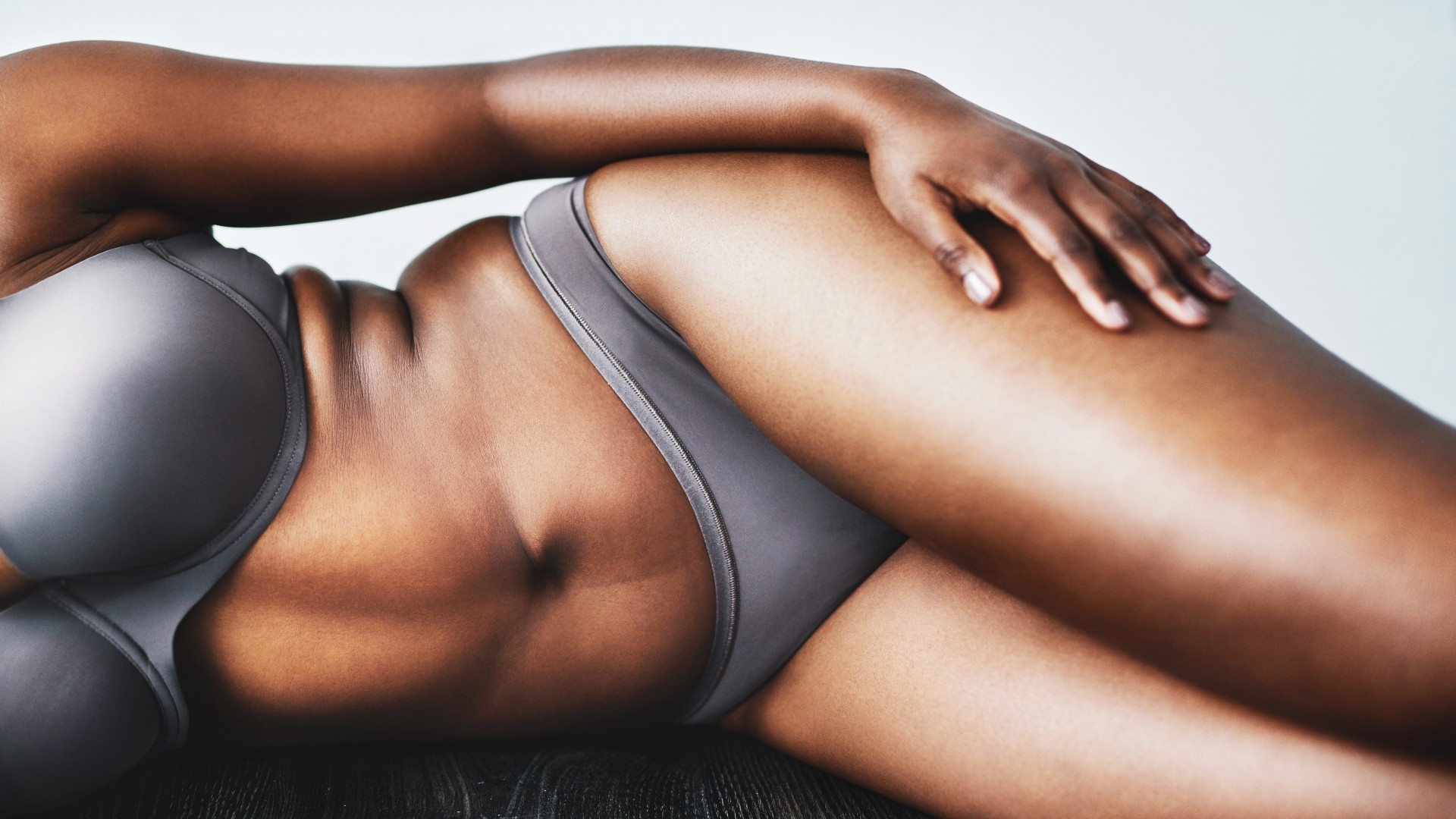
Shaving, for the most part, is pretty simple. Unless you’re working with a fancy at-home laser hair removal device, you can generally follow the same few steps on both your legs and your underarms and get the same results. However, the hair removal process completely changes when shaving your bikini line. Sensitive skin anywhere on your body deserves the best-ever care, so Marie Claire chatted with experts to compile an official step-by-step guide on how to shave your bikini line.
The good news: you don’t need to get a painful bikini wax to achieve smooth, hair-free skin. Shaving your bikini line is not only painless, but it’s also far more affordable than alternative hair removal options. Plus, shaving in the comfort of your own home gives you the freedom to shave when—and how—you want to.
Below, we've created a comprehensive guide that includes exactly how to shave the area, recommendations about which razors to buy, what not to do (read: dry shave), and a breakdown of a few of team Marie Claire's tried-and-true favorite products. Consider this page the official guide to shaving your bikini line.
For more insight on shaving your body in general, if you so choose, check out the rest of Marie Claire's guides to the best bikini trimmers, the best razors for women, and the best shaving creams. (Tip: If you are a lifelong waxer looking to make your bikini wax less painful, Marie Claire has you covered with a helpful guide on the subject.)
Is It Safe to Shave Your Bikini Line?
Starting out with some good news here: "Yes, shaving your bikini line is safe," says Anna Cabeca, D.O., triple board-certified OB-GYN based in Dallas, Texas. Whether or not you choose to shave is completely up to you, but if you do want to shave your bikini line, how you prep your skin and how you actually shave can either leave you feeling smooth or with nicks and razor burn.
How to Shave Your Bikini Line Without Bumps or Irritation
Only Shave in the Shower or Bath
Your skin is at its softest when you're in the shower or the bath, so it's the perfect time to shave your sensitive bikini line. One word of caution: Please do not dry shave—using a dry razor on dry skin or skin that doesn't have any prior lubrication (like water or shaving cream) is the main culprit of inflammation, bumps, and razor burn around your bikini area.
Also, make sure to give yourself enough time in the shower to prep your skin. "Shaving towards the end of your shower or bath is best; this gives your skin maximum time to soak in the warm water and allows hair to soften, making the shave closer, smoother, and less irritating," says Rachel Nazarian, M.D., a New York City-based board-certified dermatologist at Schweiger Dermatology.
Stay In The Know
Get exclusive access to fashion and beauty trends, hot-off-the-press celebrity news, and more.
Prepare The Bikini Line Before You Shave
Once your skin is warmed in the shower, it's time to prep the skin. Dr. Cabeca recommends cleansing the area with a non-irritating, residue-free cleanser. After the area is clean, use a sudsy soap or an unscented shaving cream to create a barrier between your skin and the razor itself. Shaving is an exfoliating process, so protecting the skin with an added layer of hydration as you go is important.
"The reason why we use shaving creams or moisturizer is that they soften and hydrate our skin—this improves how the razor glides across it, which in turn can help prevent ingrown hairs and infections," says Dr. Cabeca. Using shaving cream also offers a visual reminder of where you've already shaved, ensuring you don't end up running your blade over the same area more than once.
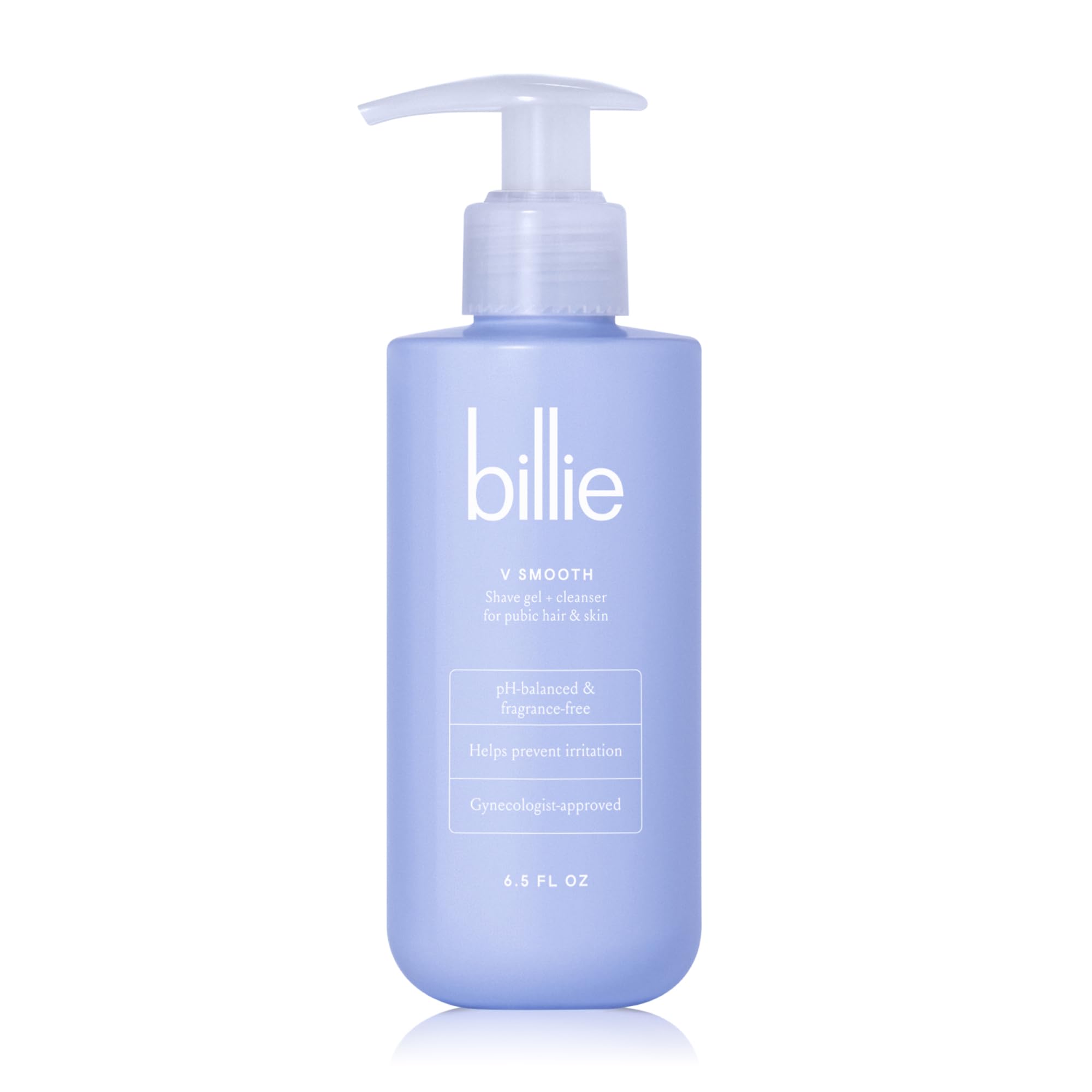
This dual-action shave gel and wash is specifically formulated for your nether regions, offering a gentle and mild cleanse to prep the skin for an irritation-free shave. Its gel-to-foam texture feels silky-smooth on the skin, and because it's fragrance-free and pH-balanced, you'll feel inclined to use it even on non-shave days.
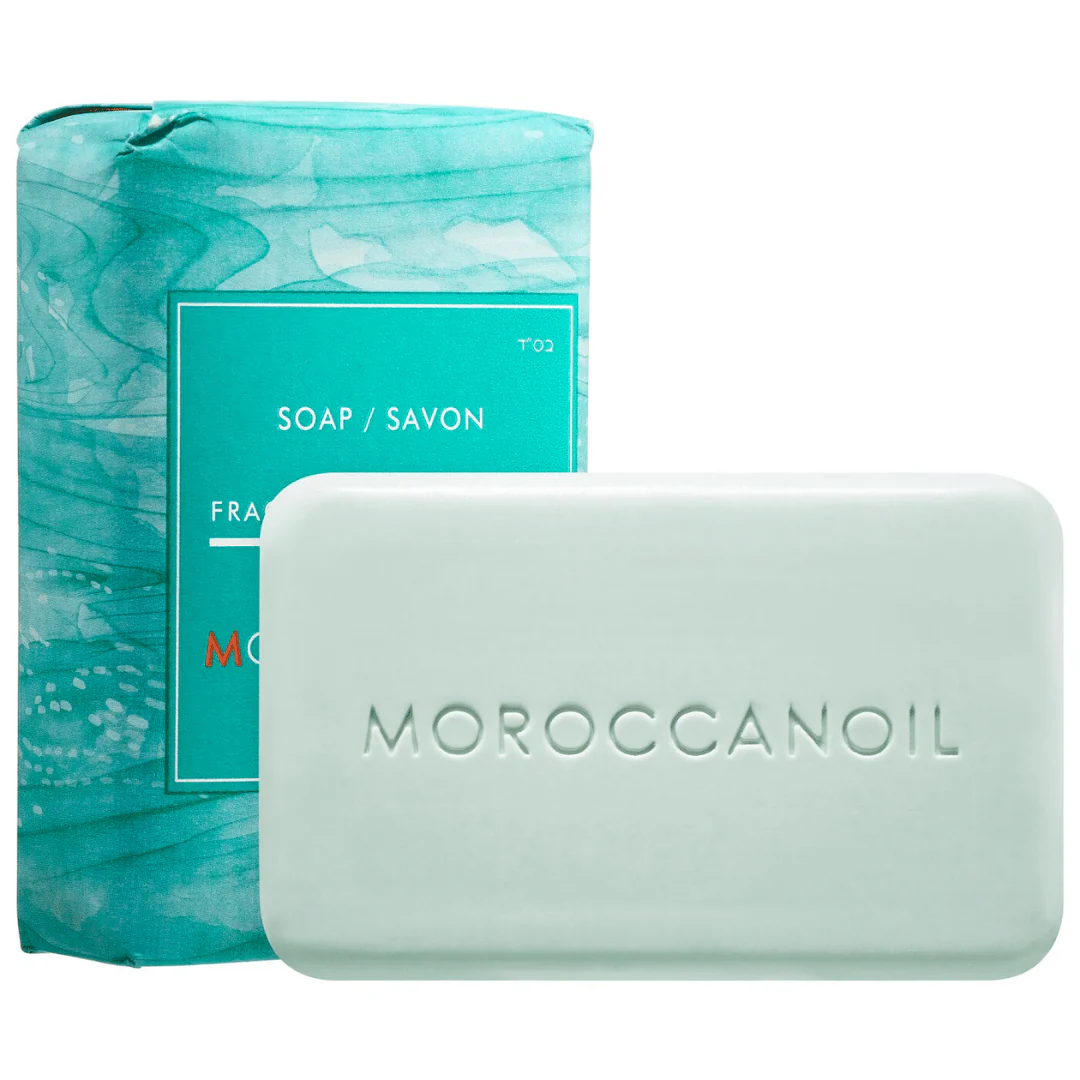
Traditional bar soaps get a bad rap for being drying, but not this one from Moroccanoil. It's laced with argan oil and aloe leaf extract to keep skin smooth, supple, and hydrated—plus, it has the iconic spicy amber and sweet floral scent that fans of the brand know and love.
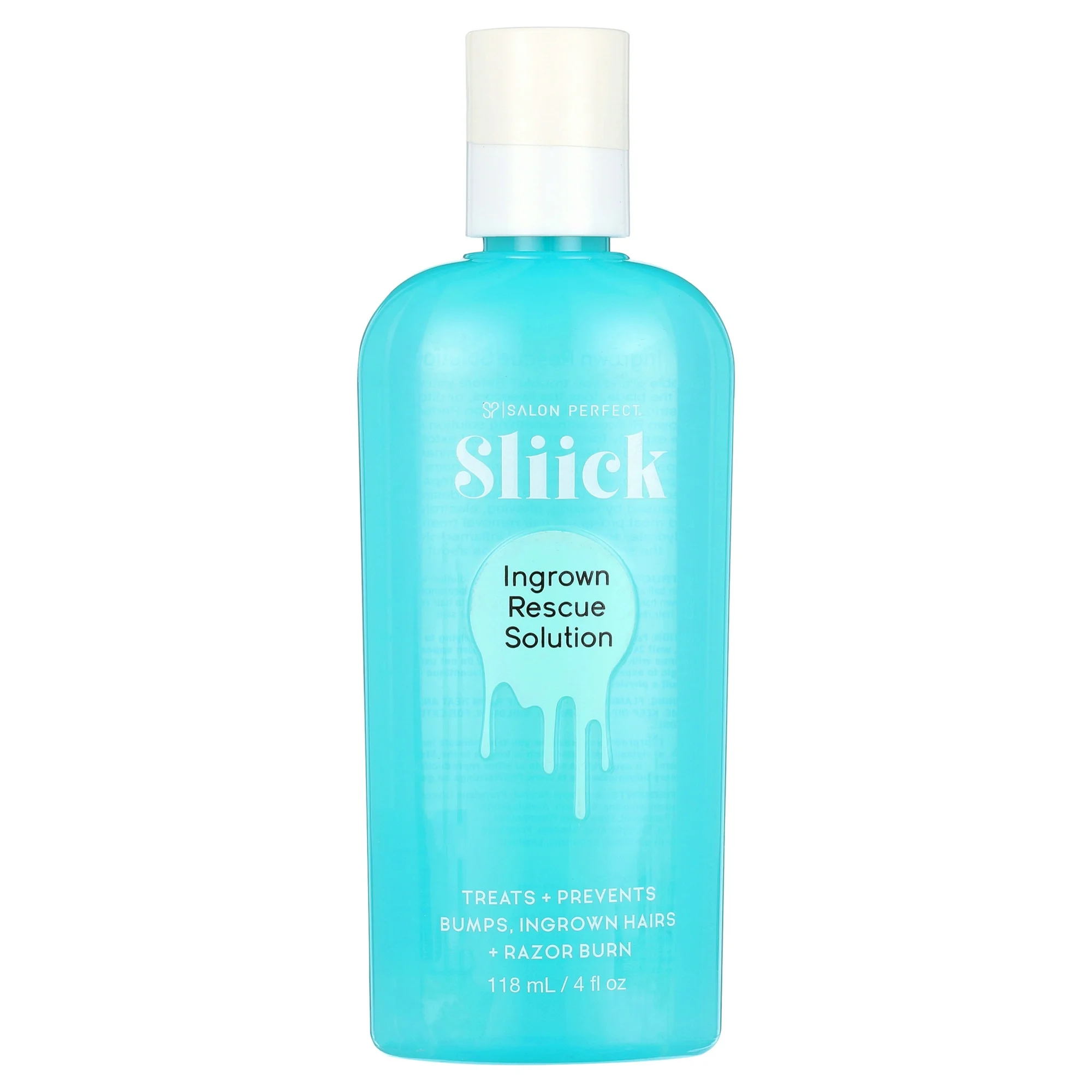
Pesky ingrown hairs are no match for this chemical exfoliator, which works to reduce shaving-related bumps, irritation, and redness along with stubborn stubble. It also contains menthol to help soothe and cool the skin—the perfect refreshing aftertouch post-shaving.
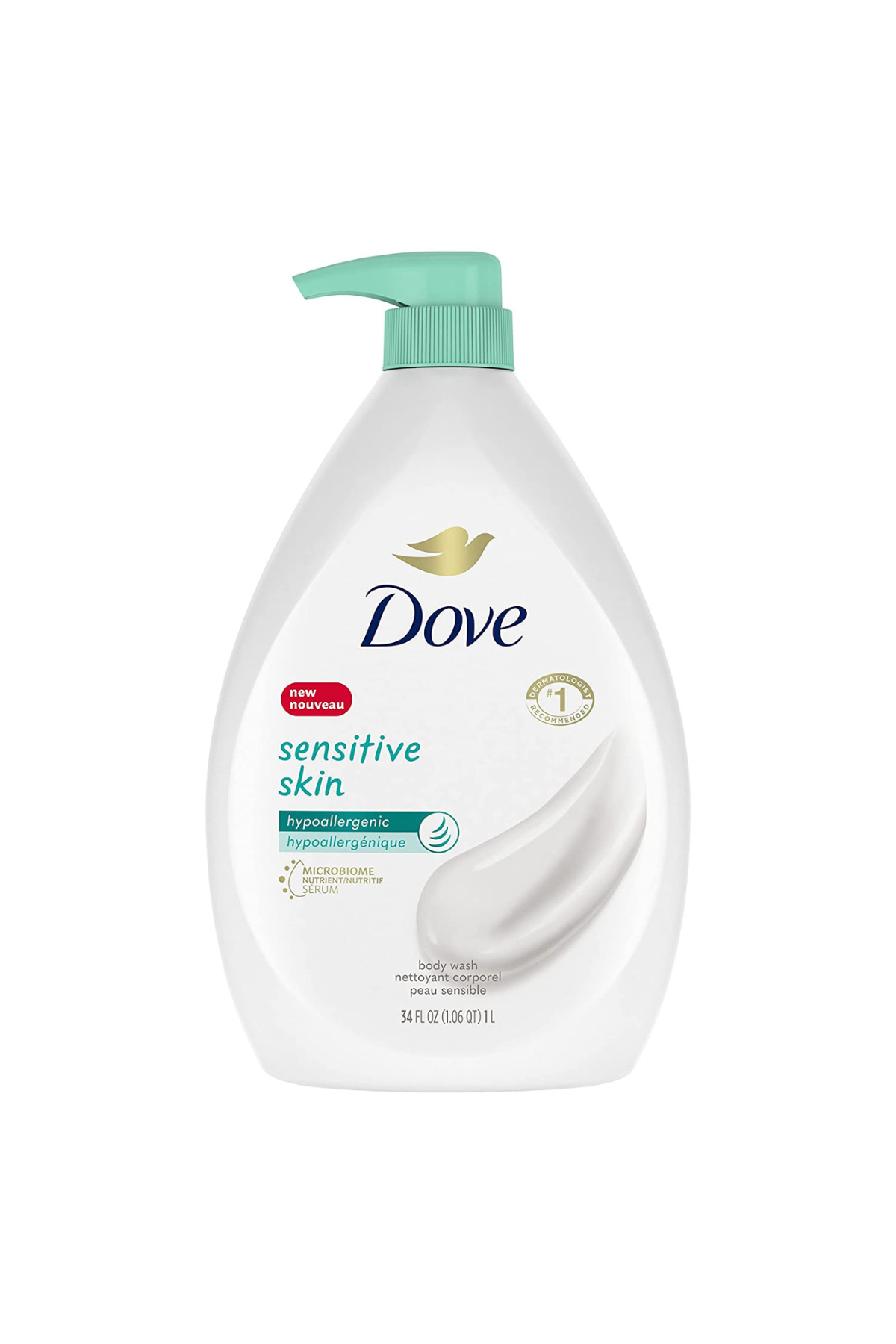
Dr. Nazarian recommends this non-foaming body wash from Dove because it "offers a smooth, easy surface for the razor and prevents over-drying or irritation." The pump applicator also makes it convenient (and much more sanitary) for in-shower use.
Only Use A Sharp (Clean) Razor
Picking up a specific razor for shaving your bikini line is a great idea because the hair texture often differs from the hair on other body parts, like your legs or underarms. "Hair in the bikini area tends to be more curved and curly, making it more likely that the hair turns downward as it regrows following each shaving session," says Dr. Nazarian. "Try to keep a separate, clean razor just for the delicate bikini line."
Generally speaking, the bikini area poses more of a challenge when shaving, as "the body curvature makes it more difficult to keep the blade appropriately held along the skin surface as you move," says Dr. Nazarian. For this area specifically, look for shavers with a mobile head that follows the contour of your body (versus those with straight handles). To help alleviate any irritation, look for a razor equipped with a hydrating band around the blades themselves.
Dr. Nazarian also recommends only using sharp razors, especially for your bikini line. "The sharper the blades on the razor, the better and smoother the shave," she says. Dull blades will irritate sensitive skin quickly and tug on hair.
When it comes to storing your razor, Dr. Nazarian recommends keeping it in a dry place so that the humidity from the bathroom doesn't cause the razor to rust and bacteria to flourish.
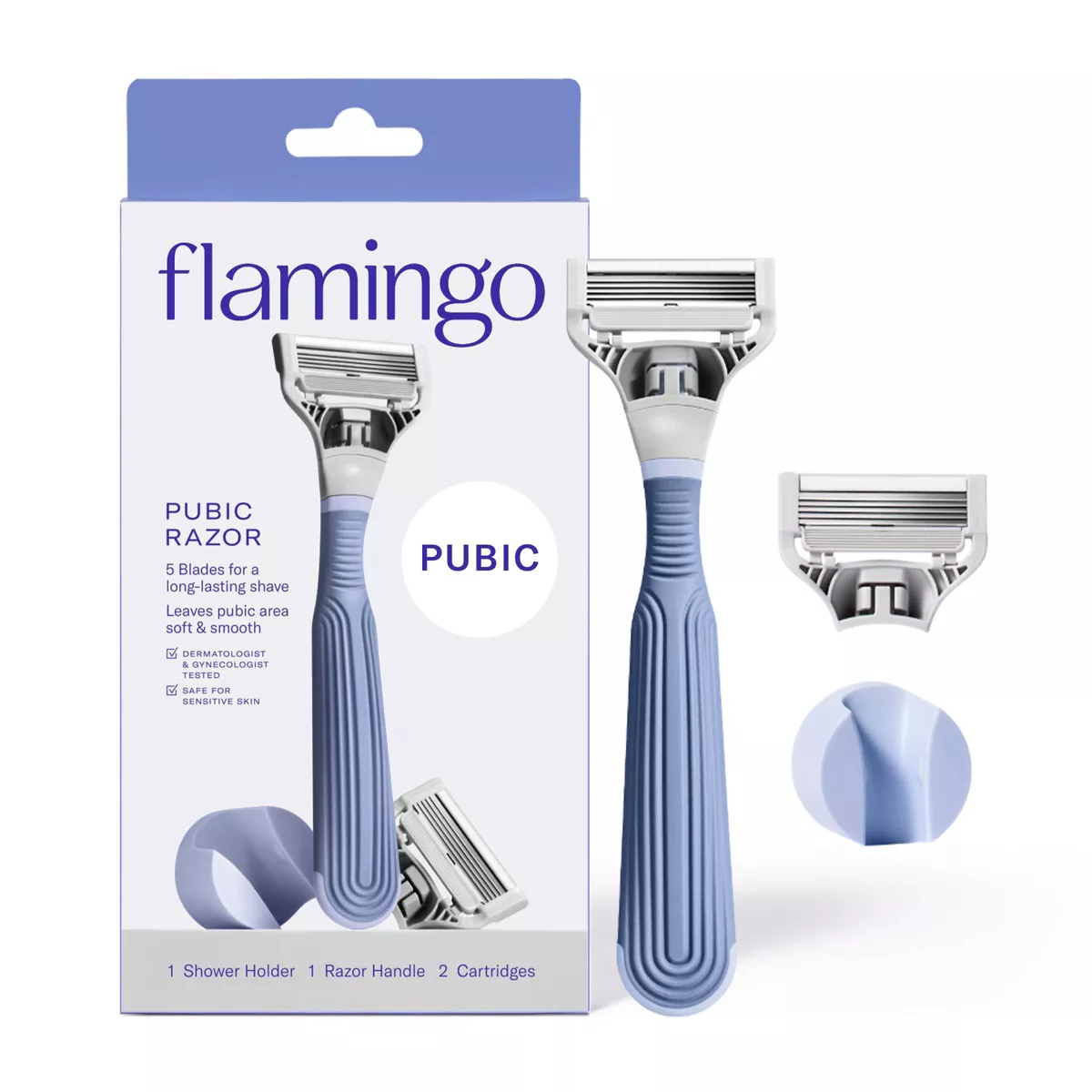
Not only does this pubic razor look the part, but its five blades, slim cartridge, and flexible head make it a great option for achieving a long-lasting shave and navigating those hard-to-reach areas. For maximum control and safety, its entire handle is made of silicone—perfect for shaky or unstable hands.
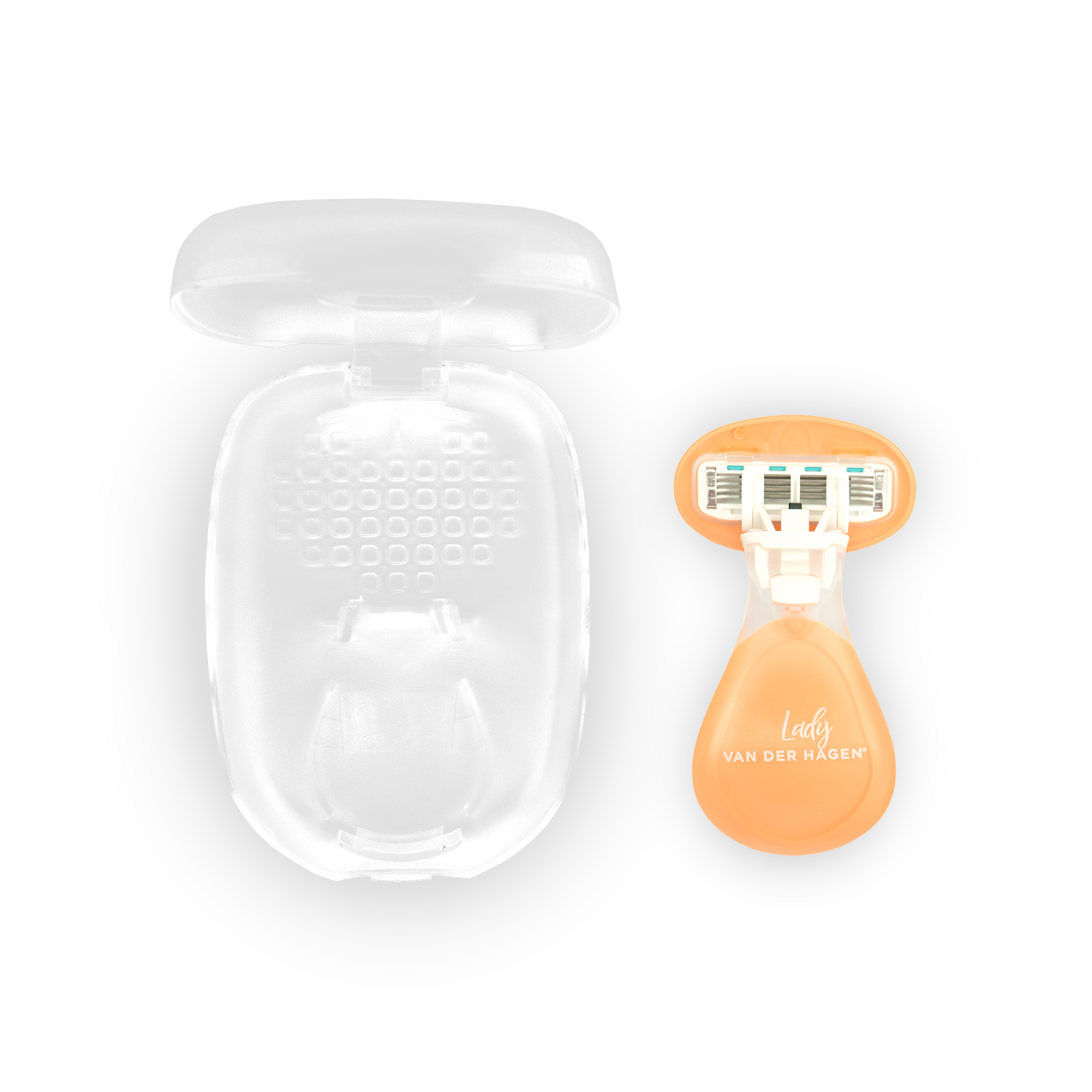
This four-blade razor has an ergonomic handle and a swivel head that effortlessly hugs the contours of your body. If you're prone to irritation, each cartridge has a rubber ring to make things a little less abrasive. It also comes with a carrying case, making it great for frequent travelers looking to be hair-free wherever they are.
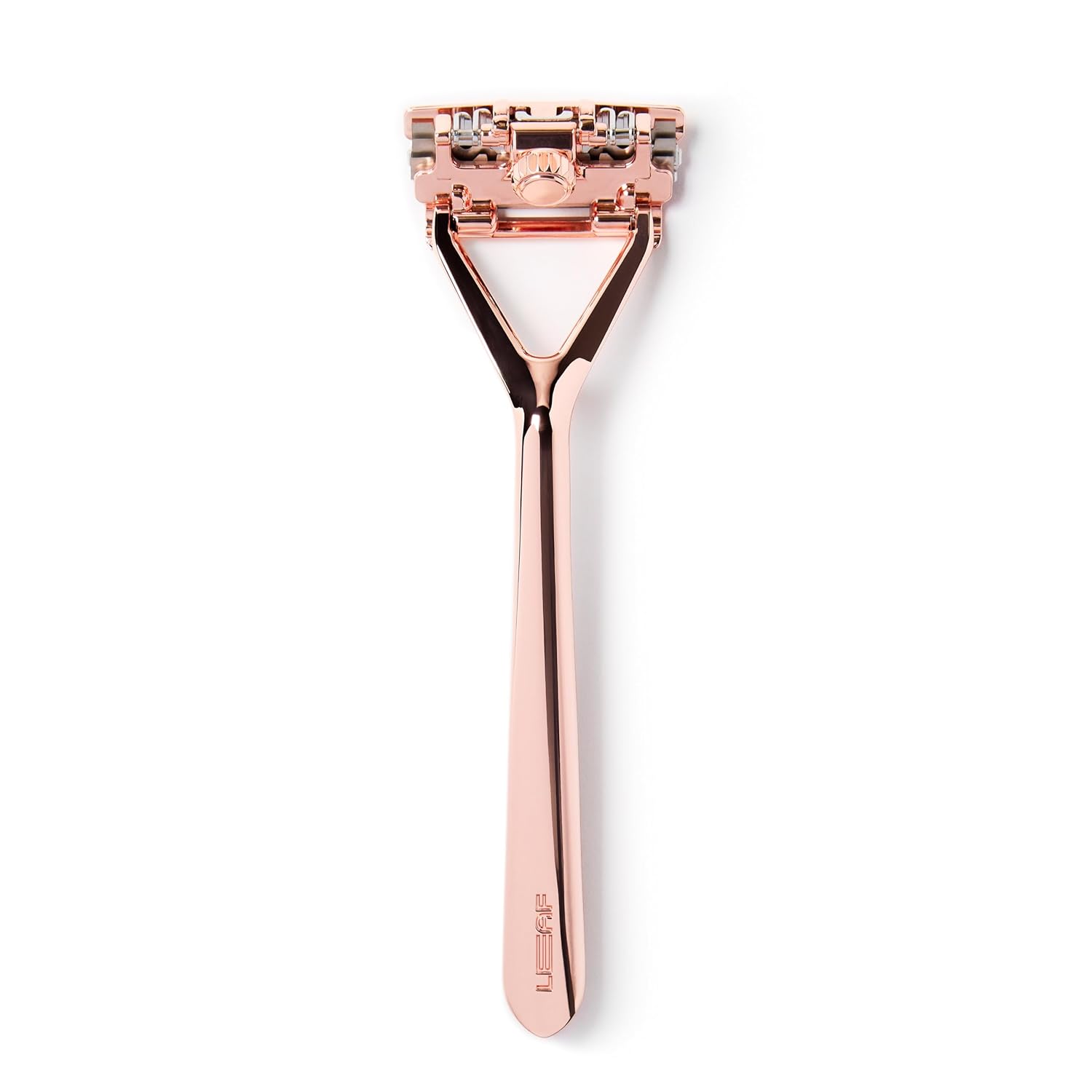
What makes this razor so special—and worth the price tag—is how customizable it is. Load just the top two blades for areas prone to sensitivity (ahem, like the bikini line). Try loading all three blades for a super close shave for other body parts. The all-metal, no-plastic design is also aesthetically pleasing to look at in your shower.
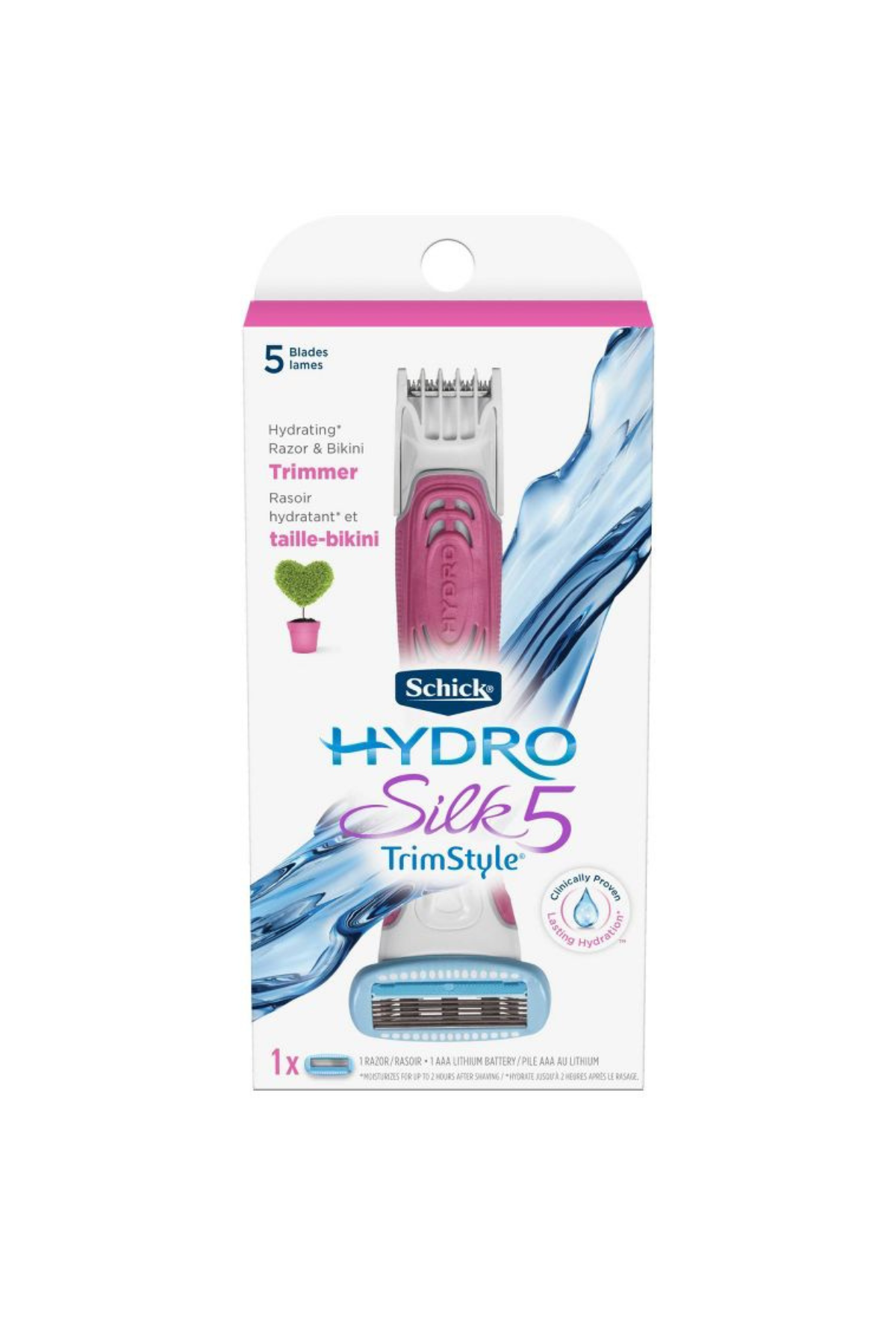
Whether you're looking to shave the hair around your bikini line or just trim some longer stragglers, this double-sided razor from Schick does it all. The flexible head on the shaving end is equipped with a hydrating ring, plus it's outfitted with five blades for a more comfortable shave.
Shave In The Direction Your Hair Grows
It's important to shave in the direction your hair naturally grows for a less-irritating shave. While shaving in the opposite direction of hair growth might give you a closer shave, keeping the area nick-and-irritation-free is the name of the game. "Ideally, to avoid tugging on the hair, the razor should follow the direction of hair growth while trying to minimize the number of strokes," says Dr. Nazarian. "Shaving down with hair growth prevents razor burn and ingrown hairs."
Take Care of Your Skin After You Shave
Shaving any area of your body has a slightly abrasive, exfoliating effect, so you'll want to care for your freshly shaven skin and keep it soft, smooth, and healthy.
With that in mind, Dr. Cabeca recommends applying a moisturizing gel or body lotion afterwards, such as coconut oil or almond oil. Or, for an easy DIY moisturizer, Dr. Cabeca gave Marie Claire the following recipe: Mix together "half fractionated coconut oil, half aloe vera gel, and add a couple of drops of essential oil, if you prefer."
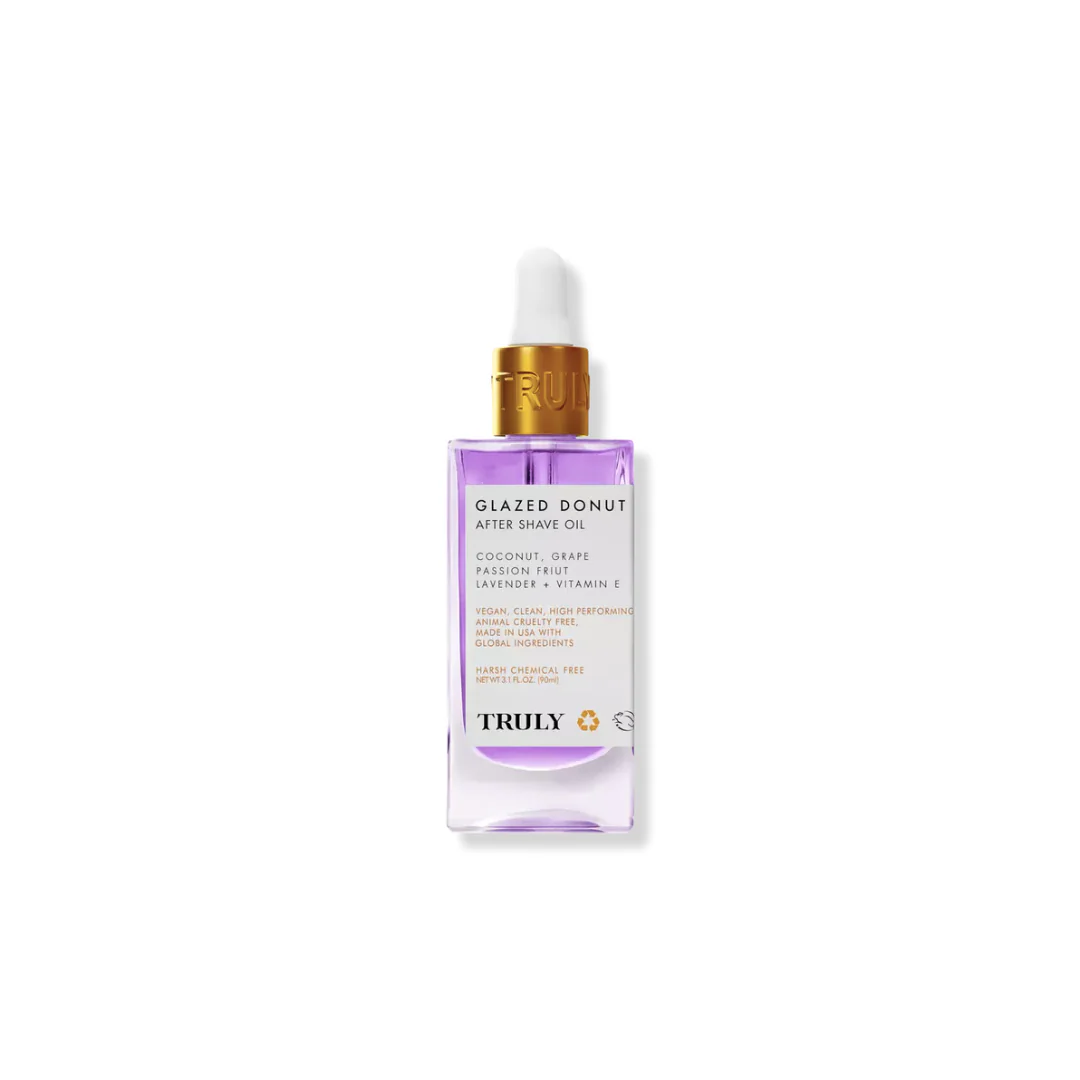
After a good shaving session, this quick-absorbing cooling oil is just what your skin craves. It deeply hydrates thanks to a medley of ingredients like hyaluronic acid and vitamin E, while also calming inflammation à la niacinamide. Apply directly onto the skin or with a saturated cotton pad.
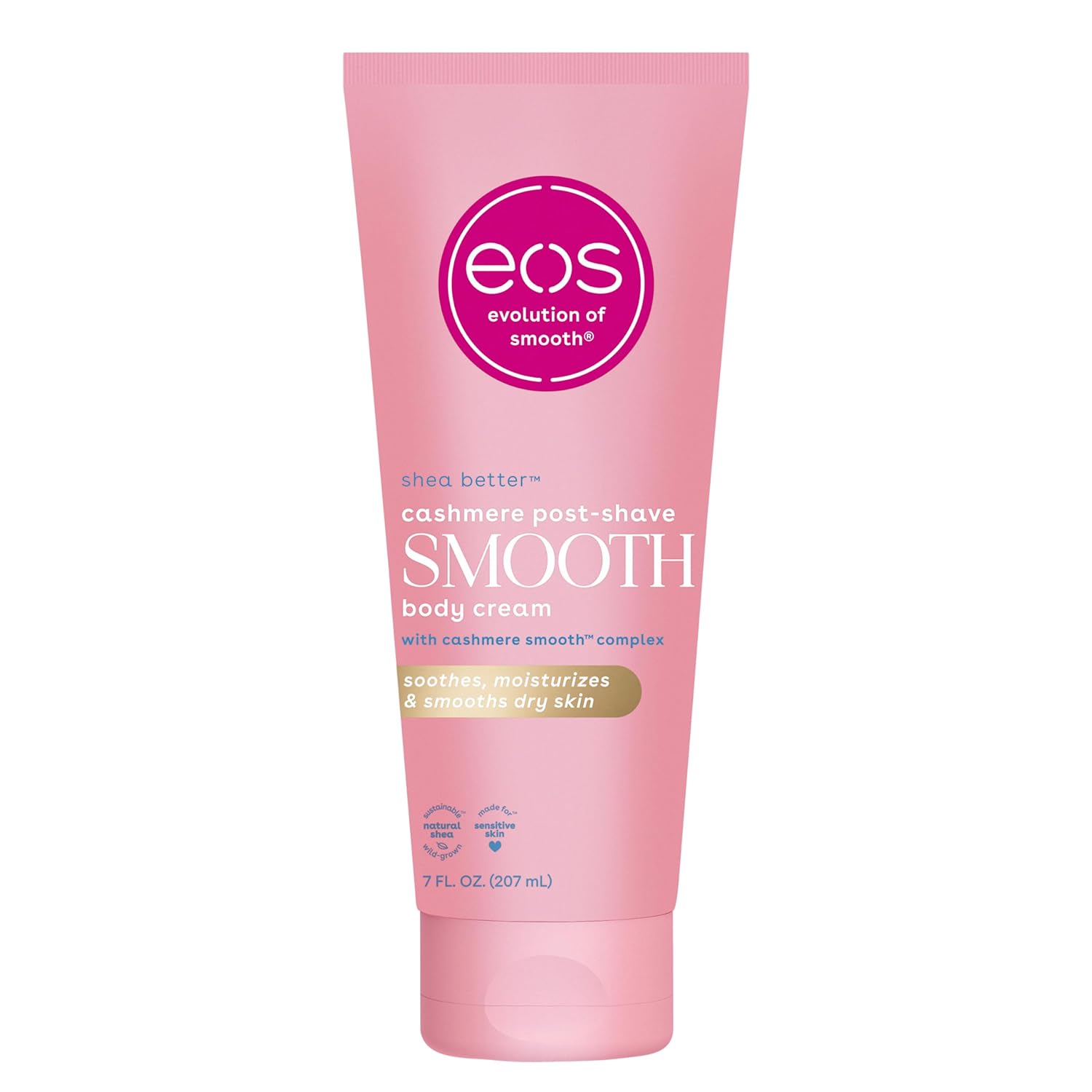
For a body cream that's equal parts smoothing, hydrating, and heavenly fragrant, this one from Eos delivers. Its velvety consistency instantly absorbs without leaving behind a greasy residue, making it perfect for alleviating razor bumps post-shaving.
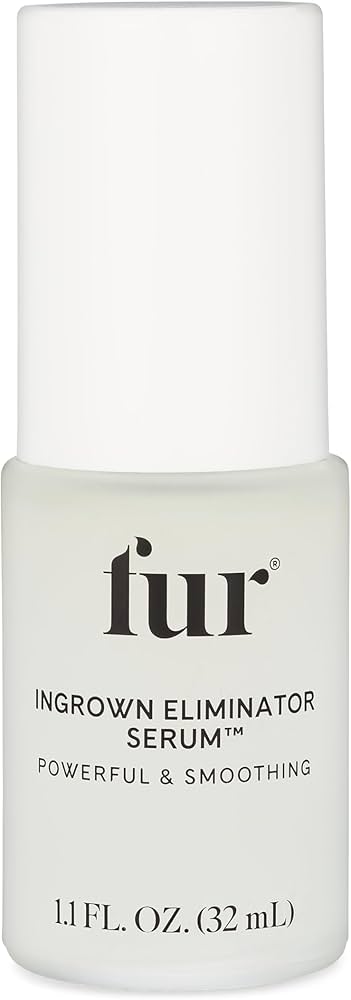
When you spot an ingrown, reach for this eliminator serum from Fur—it features a powerful blend of both AHAs and BHAs to annihilate bumps, plus the aloe helps to soothe any lingering irritation.
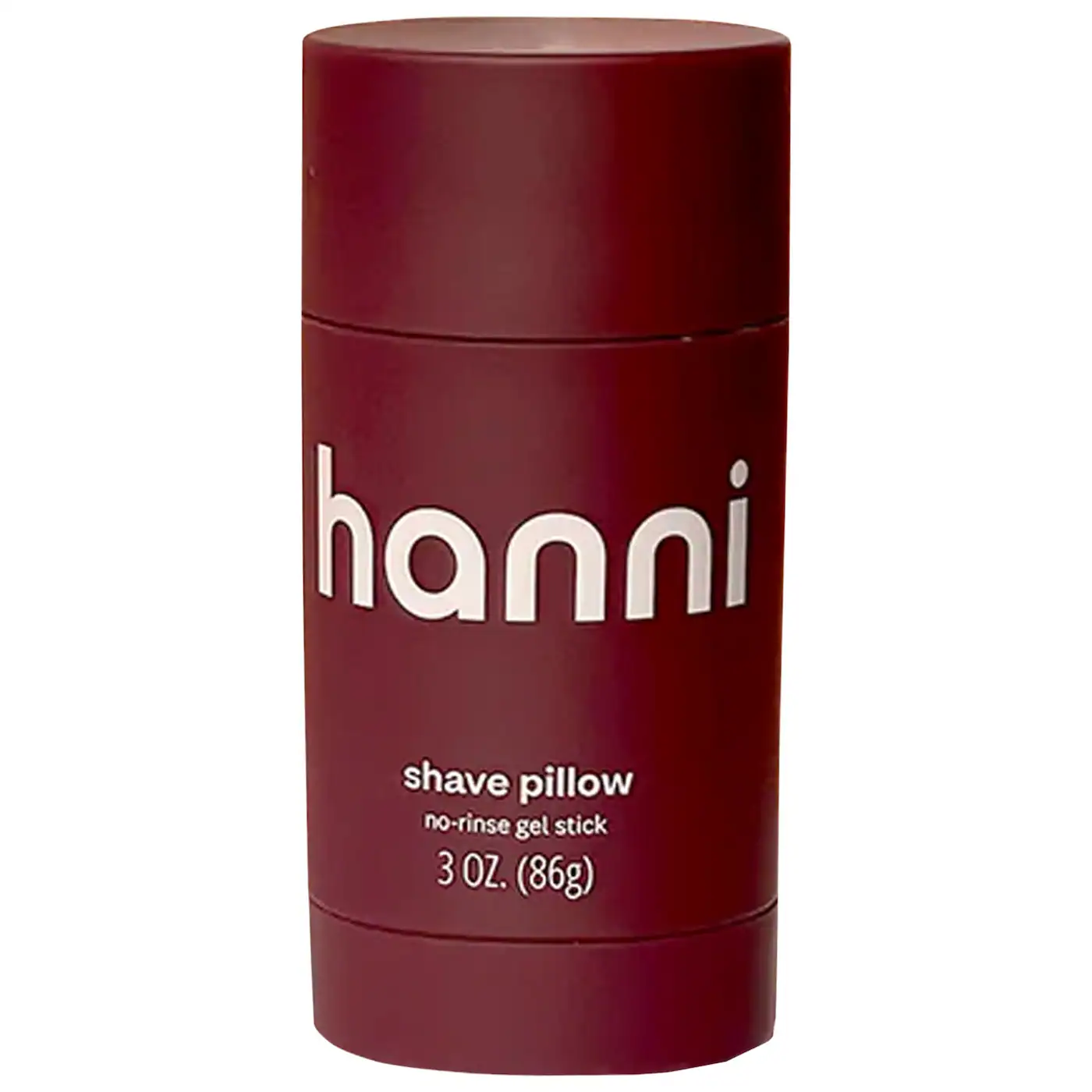
A moisture stick is genius for on-the-go shaving routines (and keeping skin hydrated anytime, anywhere). Use this as an alternative to shaving cream while traveling or at home, or stash it in your gym toiletry bag and swipe on whenever your skin need a mess-free, hydrating pick-me-up.
Should You Pull Skin When Shaving the Bikini Line?
As a general rule of thumb, pulling your skin is not recommended. Pulling can potentially increase the likelihood of ingrown hairs, says Sandy Skotnicki, M.D., founder of Toronto's Bay Dermatology Centre and an Assistant Professor in the Department of Medicine at the University of Toronto. "A very mild hold on the skin is best," she says. This really comes down to you and how your skin reacts when shaved, and you may have to experiment to find what works best for you, adds Geeta Yadav, M.D., Toronto-based board-certified dermatologist of Facet Dermatology.
Should You Trim Hair Before Shaving the Bikini Line?
While trimming the hair before shaving isn't a requirement, it may make the shaving process a little easier. "Trimming is less traumatic to the skin and can lead to less hair for subsequent shaving," says Dr. Skotnicki. When it comes to trimming, aim to get the hair down to a quarter of an inch in length and use a clean, well-kept electrical trimmer, as it's safer than scissors, says Dr. Skotnicki. "Trimming will also allow you to see the direction of hair growth better."
How Often Should I Replace My Razor?
The razor you use for your bikini line should be switched out more often than the one you use for, say, shaving your legs. "As you use a razor blade, it begins to dull, and a dull razor can't glide over the skin as easily when shaving," says Dr. Yadav. "As a result, you may end up using multiple passes of the razor in the same spots in an attempt to get a closer shave, which increases your likelihood of irritation, nicks, and ingrown hairs."
The rate at which you should toss your razor (or switch out with a fresh cartridge) depends on how much hair you're shaving and how thick the hair is. "The thicker and denser the hair is and the greater the surface area you're shaving, the more frequently you should change the blade," says Dr. Yadav. "Generally speaking, every three to seven uses is often enough for most, but if you're really prone to irritation, you can change the blade every time you shave." As for single-blade disposable razors, which are great for on-the-go use or if you're in a pinch, they're named that way for a reason: Use them once or twice for the best, cleanest results.
You'll know your razor needs to be switched out when it's no longer gliding easily over the skin when shaving. "If the blade drags, snags, and struggles to slice through the hair, or you find yourself shaving the same area multiple times during the same session to try to get the area smoother, you should probably change the blade," says Dr. Yadav.
Also, get into the habit of assessing the look of your razor. "If you're seeing a buildup of dirt or dead skin on the blades (especially after shaving the armpits, where old deodorant can quickly clog up your razor), make sure you don’t follow up by shaving the bikini area and spreading the bacteria," says Dr. Nazarian.
What Causes Ingrown Hairs and How to Treat Them
If you shave your bikini line and are experiencing ingrown hairs, don't worry. Dr. Nazarian notes that ingrown hairs and razor burn are more common in areas like the bikini line or the armpit area where "the skin folds on itself." This is because those areas "experience more friction forces and rubbing."
To treat them, Dr. Nazarian says that you should avoid shaving the area and steer clear of "tight clothing that can worsen the irritation by rubbing." For immediate relief, "apply warm compresses for two to three days, along with a topical antibiotic cream mixed with 1 percent hydrocortisone cream and calming lotions."
If your ingrown hairs won't go away, it's a wise idea to visit your dermatologist. "If you’re noticing painful red bumps that don’t resolve with over-the-counter creams, make sure you tell your doctor," she says. These more serious inflamed hair follicles might need a topical antibiotic or prescription-strength anti-inflammatory steroid cream."
Meet the Experts

Anna Cabeca, D.O., OB-GYN, FACOG, is a best-selling author of The Hormone Fix and Keto-Green 16. Dr. Cabeca is triple board-certified and a fellow of gynecology and obstetrics, integrative medicine, and anti-aging and regenerative medicine. She holds special certifications in functional medicine, sexual health, and bioidentical hormone replacement therapy. She lectures frequently on these topics throughout the world to large audiences and is known nationally as The Girlfriend Doctor and is host of The Girlfriend Doctor show. She has personally developed natural products to help women balance hormones and thrive through menopause including the highly acclaimed Julva® cream for the vulva and MightyMaca® Plus, a powerful superfood blend.

Rachel Nazarian, M.D., F.A.A.D., is a board-certified dermatologist at Schweiger Dermatology and has years of experience practicing various aspects of dermatology including cosmetic treatments, skin cancer, general dermatology, and dermatologic surgery. Dr. Nazarian has written many published articles in medical journals as well as widely-respected dermatology textbooks, such as Treatment of Skin Disease. Dr. Nazarian serves as a faculty member at Mount Sinai Medical Center’s Department of Dermatology where she completed her dermatology residency. While completing her medical degree at Tulane University School of Medicine, Dr. Nazarian was awarded a grant from the Women’s Dermatology Society.

Dr. Geeta Yadav, M.D., is the founder of Facet Dermatology in Toronto. She is a board-certified dermatologist who trained at University of Toronto, Johns Hopkins, and the Northern Ontario School of Medicine. Dr. Yadav is an expert in both medical and cosmetic dermatology with a large and growing medical practice that specializes in atopic dermatitis, psoriasis, and skin cancer. She has a special interest in skin of color.

Dr. Sandy Skotnicki, M.D., is a board-certified dermatologist and a member of the Canadian Medical Association, the Canadian Dermatology Association, the American Dermatology Association, and the American Contact Dermatitis Society. She's also the author of Beyond Soap: The Real Truth About What You Are Doing to Your Skin and How to Fix It for a Beautiful, Healthy Glow.
Michelle Rostamian is a Freelance Beauty Writer at Marie Claire, where she covers beauty-related commerce content. She has been in the beauty industry for over 10 years, previously working as a publicist, and now as an editor and writer covering all realms of beauty (skincare, makeup, hair) as well as wellness, lifestyle, and travel. She was also formerly a Quality Editor for Byrdie where she researched and performed revisions and updates to articles to ensure quality, tone, and voice. Outside of Marie Claire, Michelle has contributed to Allure, InStyle, Cosmopolitan, The Zoe Report, W Magazine, Better Homes & Gardens, People, Popsugar, and more. She graduated from the University of California, Los Angeles with a B.A. in Communication Studies.

